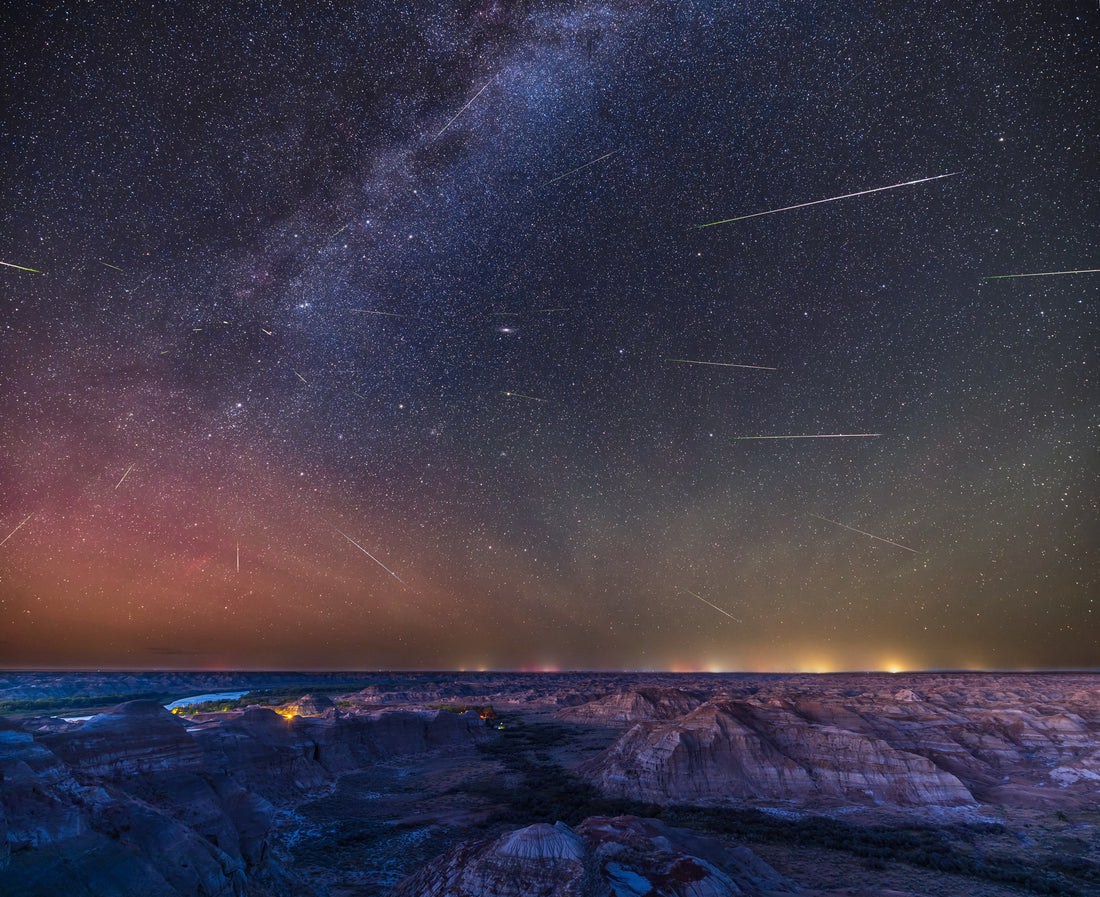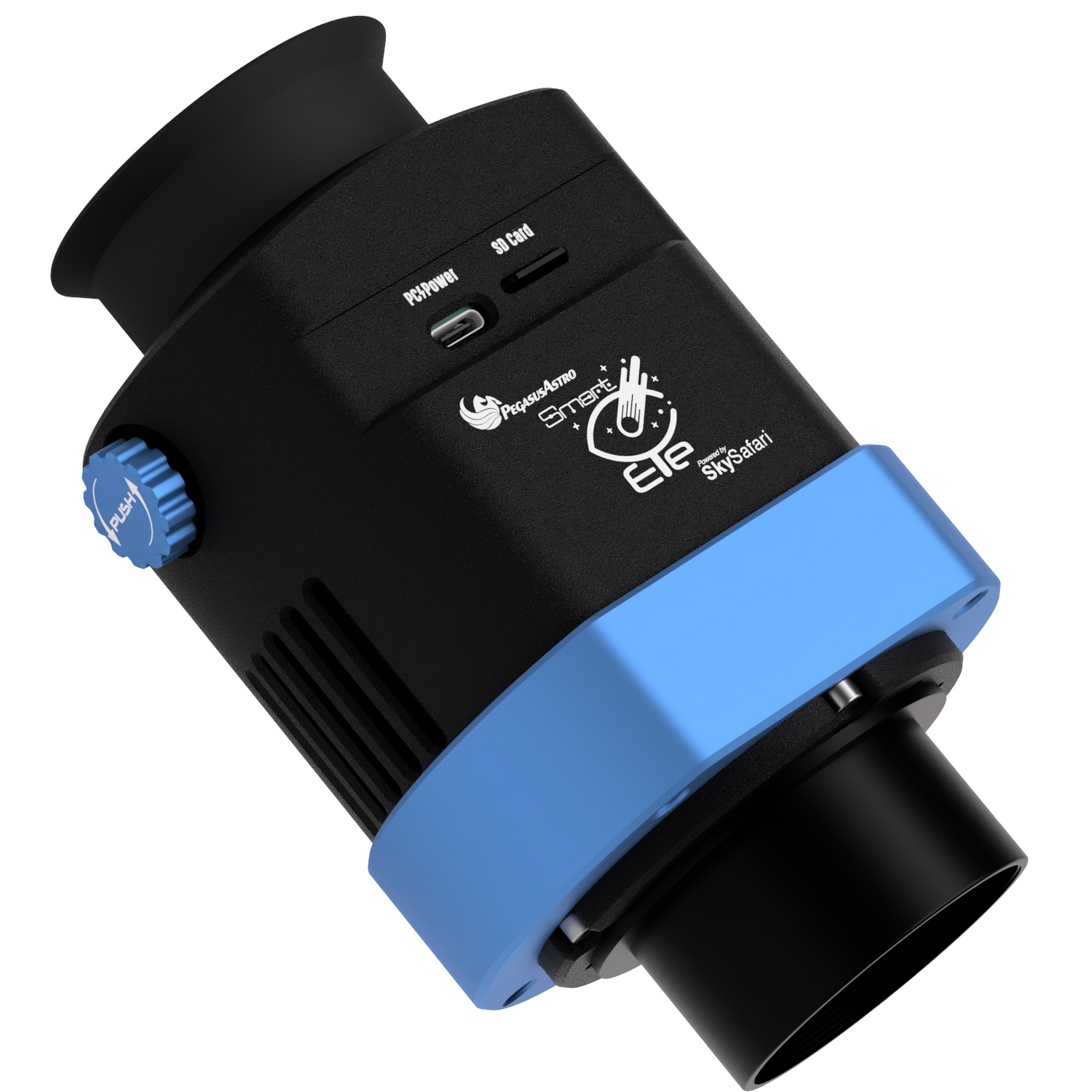
Planet Conjunction and the Perseids
Share
By: Alan Dyer
It’s a good year for the annual Perseid meteor shower. And we have a bonus attraction — a close planet conjunction!
Not all years are suitable for seeing the Perseid meteors. This year ranks quite well, with the all-important Moon phase in our favor.
The shower peaks on August 12, during the day for North America and Europe. That means the western hemisphere doesn’t see the meteor shower at its maximum activity during the night hours. That’s the bad news.
The good news is that both the nights of Sunday, August 11 and Monday, August 12 should be equally good for meteor watching, though at slightly lower rates of meteors than if the shower were to peak at night. So we get two good nights for the Perseids this year, with Monday night the backup in case of clouds on Sunday.

Mostly Moonless
As I show above, the other good news is that, despite being at first quarter phase on August 12, from mid-northern latitudes it shines so low in the southwest it sets early. From 45° North, moonset is just before 11:30 p.m. on the evening of August 11, and before midnight on August 12.
Even on the Monday night, that leaves dark, moonless skies for most of the night, for lying back and enjoying the sight of meteors shooting across the sky.
As I show below, in a composite image from the 2023 shower, all Perseids radiate away from a point in the constellation Perseus, near the star Mirfak on the chart above. This year, that radiant point is rising in the northeast as the Moon is setting in the southwest. By dawn, Perseus and the radiant point of the meteors are high overhead.

Patience Please!
From a dark site with clear skies expect to see about 50 to 60 meteors an hour after midnight and into the pre-dawn hours.
However, meteor watching takes patience. Last year at my meteor session at Dinosaur Provincial Park, a family drove up, set up their chairs, watched for 20 minutes, didn’t see much, then left. The shower was just beginning to ramp up in activity!
But expecting a fireworks show, people can be disappointed by the reality of a shower. Sometimes minutes can pass with no bright meteors, then a flurry of them will shoot across the sky just seconds apart. That’s the nature of random events!
To enjoy the show, all you need is a reclining lawn chair, a blanket, and snacks. Then just look up! You can look anywhere in the sky.
But do plan to watch for at least an hour or two, ideally from midnight on when we typically see more meteors during any shower. But this year that’s especially true due to the moonset times.

To capture meteors, use a fast (f/2.8 or faster) wide-angle lens and a camera set to ISO 1600 or higher, as I did above. Use an intervalometer to shoot 30-second exposures with no more than 1 or 2 seconds between frames. Or, as I did for the image above, place your camera on a star tracker for untrailed exposures up to a minute long.
Shoot lots of frames, as only a handful will capture a meteor, and even then only if you are lucky! Meteors have a habit of appearing where your camera is not aimed.
Bonus Planets at Dawn
Stay up until the wee hours and you’ll see two closely-spaced planets rising in the east about 1:30 a.m.
That’s bright Jupiter and dimmer red Mars, together in Taurus. On the morning of August 12 they shine just over a degree apart. That’s a close meeting. But it gets better! Faster-moving Mars is closing in on Jupiter.

As I show above, two mornings later, on August 14, they are just 21 arc minutes (1/3rd of a degree) apart. This is one of the best planet conjunctions of the year and serves as a fine sight to wrap up a few nights of meteor watching and summer stargazing.
Even without the special attraction of a meteor shower, or even a planet conjunction, a night spent under the summer Milky Way is always time well spent.


16 comments
Heey
Yêu thích các ngôi sao
Looking at star
How can I buy a star sense explorer app? Can this app be used on any telescope? How much
How can I buy a star sense explorer app? Can this app be used on any telescope? How much